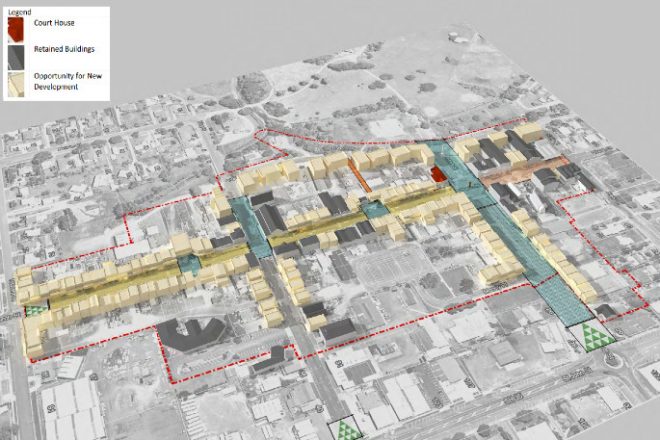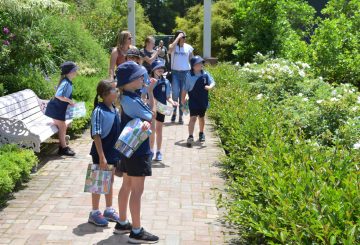오포티키 지구 협의회는 도심 지역을 ‘활성화’하는 방법으로 새로운 타운 센터 마스터 플랜을 구현할 것입니다.
위원회는 1월 27일 최신 회의에서 계획을 승인했습니다.오포티키 시장 린 리스티러 (Opotiki) 시장은 대규모 변화의 시기에 시작된다고 말합니다.
“마스터플랜은 타운센터에서 미래가 어떻게 생겼는지에 대한 비전을 만들어 커뮤니티가 원하는 방식으로 성장할 수 있도록 하는 것입니다.우리는 CBD에 대해 우리가 좋아하는 것들을 고수하고 도시의 미학이 우리의 역사와 미래에 대한 계획을 반영하는지 확인하고 싶습니다.”
“항구 입구, 양식 산업 확대 및 이들이 가져 오는 경제 발전은 이미 Opotiki의 전망을 돌리고 있습니다.”
변경이 일어나려면 협의회와 개인 소유주 간의 협력이 필요합니다.이미 진행 중인 일부 개선 사항으로는 스케이트 공원 업그레이드, 모투 트레일 및 테 타후후 오 테 랑기 (Te Tahuhu o Te Rangi) 의 새로운 입구가 있습니다.
마스터 플랜의 일환으로 협의회는 세 가지 주요 옵션을 고려할 것입니다.
첫 번째 옵션은 시내 중심을 ‘단장’하는 것입니다.여기에는 건물 정면 그림 그리기, 베란다 수리, 간판 선언 및 깃발 교체 – 9 월까지 새로운 깃발로 예상되는 활동이 포함됩니다.
두 번째 옵션은 평의회가 길찾기를 돕기 위해 해석 간판 및 거리 풍경 개선을 포함하여 시내 중심가와 주변에서 유산과 타옹가 트레일을 개발하는 것을 봅니다.
세 번째 옵션은 타운 센터와 부두 사이의 보도/사이클웨이를 개발할 것입니다.
이는 해석/길 찾기 간판, 조경 및 레크리에이션 기회와 같은 거리 풍경 개선으로 뒷받침될 수 있습니다.사이클 트레일 작업은 8월 말까지 시작될 예정이다.
오포티키 타운 센터 구조 계획 요약에 따르면, 마스터 플랜 내의 작업은 협의회 예산이 $200,000로 완료되어야 합니다.





























































